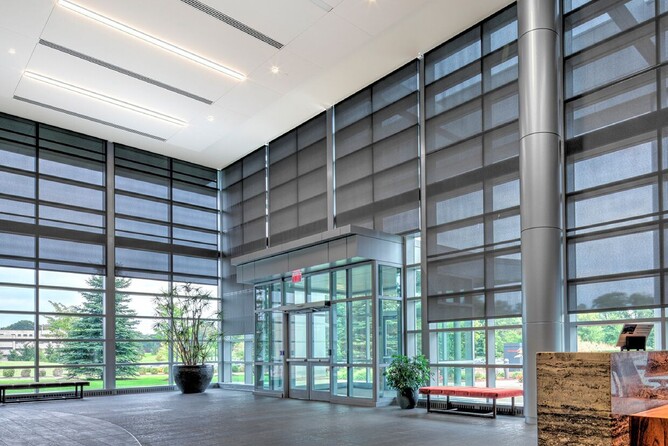Energy-efficient shades start with the selection of the fabric. When selecting a fabric, consider what will block out light and prevent heat from entering through a window in warmer climates. There are several variables that make a fabric energy efficient like openness factors, UV protection, and fabric color.
1%,3%,5%,10%, and Privacy, Light Filtering and Blackout fabrics allow designers and architects to pair stylish designs with energy-efficient functionality. These fabrics have been tested and certified for their ability to reduce energy consumption through performance against solar heat in warm climates and their ability to retain heat in cool climates.
Climate rating measures for potential energy savings is tied to heating, while the warm climate rating measures for potential energy savings tied to cooling. Both are evaluated in comparison to an unprotected window.
The energy-saving potential of a window attachment product uses a sophisticated process of material testing and window modeling to gauge the degree to which a window attachment – such as a shade, blind, or storm window – will improve the performance of that window in reducing heating and cooling usage.
Solar shades are an excellent solution for energy savings, efficiency, decreasing heating and cooling costs, and absorbing energy & noise pollution.

